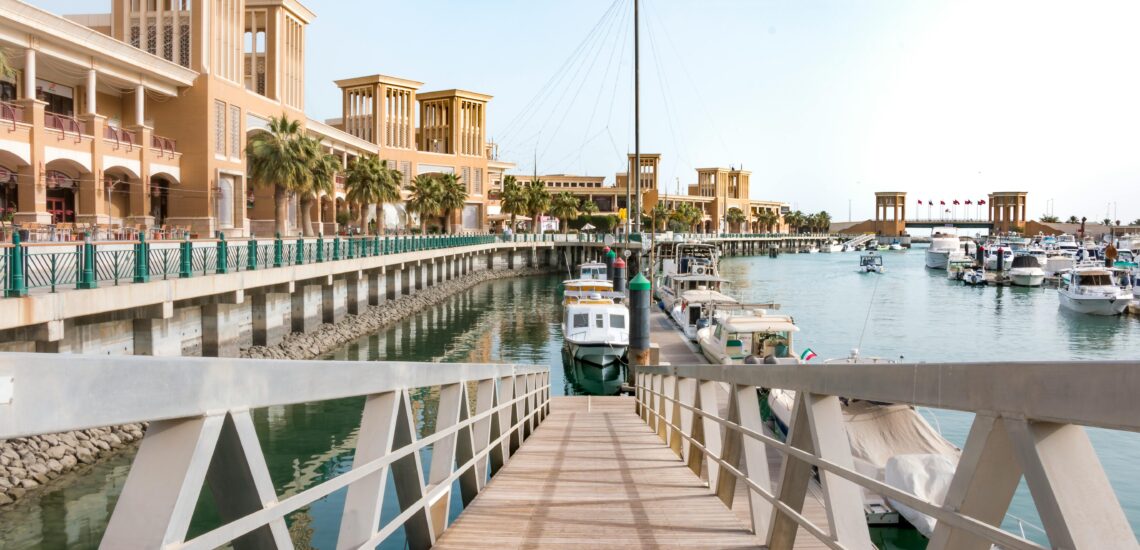Quick facts about Kuwait:
- Population: Approximately 4.3 million people.
- Capital: Kuwait City.
- Official Language: Arabic.
- Currency: Kuwaiti Dinar (KWD).
- Government: Unitary constitutional monarchy.
- Major Religion: Islam, predominantly Sunni, with a significant Shia minority.
- Geography: Located in the Middle East, bordered by Iraq to the north and west, Saudi Arabia to the south, and the Persian Gulf to the east.
Fact 1: The name of the country Kuwait is derived from the Arabic word for Fort
The name of the country Kuwait is derived from the Arabic word “kūt,” which means “fort.” The diminutive form “Kuwait” essentially translates to “small fort.” This etymology reflects the country’s historical significance and strategic location along the Persian Gulf.
Kuwait’s history as a fortified settlement dates back to the 17th century, when it was established as a small trading post and fishing village. The presence of forts and fortified structures was crucial for protection against raiders and other external threats. Over time, Kuwait developed into an important maritime and commercial hub, benefiting from its strategic position at the crossroads of major trade routes.
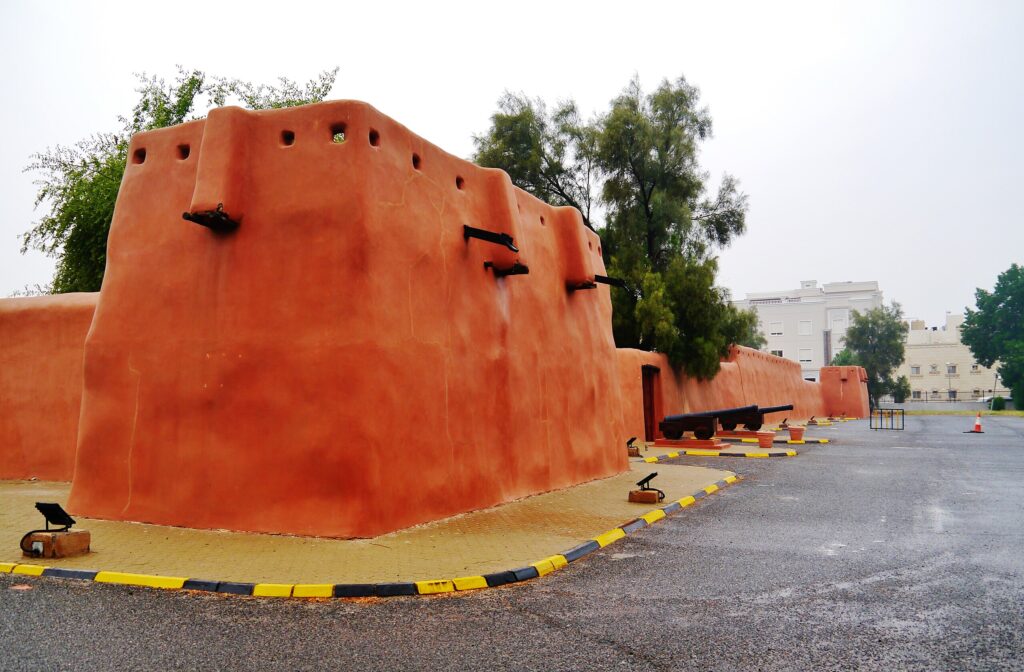
Fact 2: More than 2/3 of Kuwait’s population is foreigners
More than two-thirds of Kuwait’s population comprises foreigners, making it one of the countries with the highest proportion of expatriates in the world. As of recent estimates, expatriates constitute around 70% of Kuwait’s total population.
This significant foreign population is primarily due to Kuwait’s strong economy, driven by its vast oil reserves. The oil industry, along with other sectors like construction, healthcare, and domestic services, attracts a large number of foreign workers from various countries, including India, Egypt, Bangladesh, the Philippines, and Pakistan, among others. These expatriates come to Kuwait seeking better job opportunities and higher wages than those available in their home countries.
Fact 3: Kuwait is building the world’s tallest building in the future
This project, known as the Burj Mubarak Al-Kabir, is part of the larger Madinat al-Hareer (Silk City) development, a massive urban project aimed at transforming the northern part of the country into a major economic and commercial hub.
Burj Mubarak Al-Kabir
The proposed Burj Mubarak Al-Kabir is designed to reach a staggering height of 1,001 meters (3,284 feet), significantly taller than the current tallest building, the Burj Khalifa in Dubai, which stands at 828 meters (2,717 feet). The design of Burj Mubarak Al-Kabir draws inspiration from traditional Islamic architecture, with its segmented design intended to withstand the strong winds and seismic activity that can affect such tall structures.
Madinat al-Hareer (Silk City)
Madinat al-Hareer, or Silk City, is an ambitious urban development project covering an area of 250 square kilometers (96.5 square miles). The city is planned to include residential areas, business districts, a nature reserve, and various cultural and entertainment facilities. It aims to diversify Kuwait’s economy by attracting investment, tourism, and international business, reducing the country’s dependence on oil revenues.
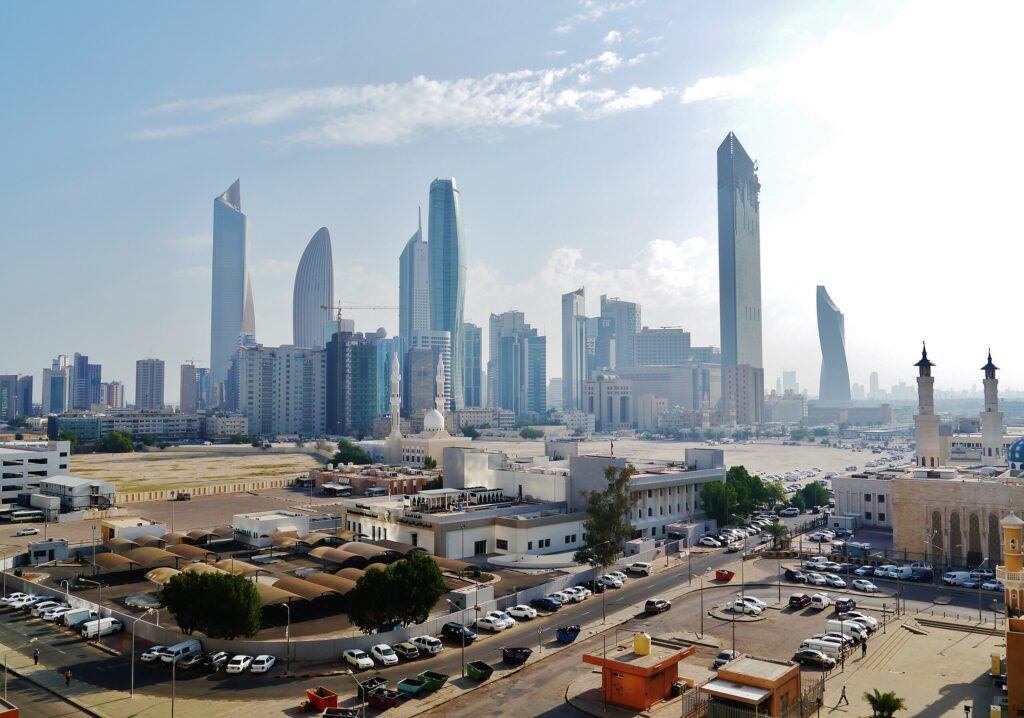
Fact 4: Kuwait is a desert country with almost no natural fresh water sources
Kuwait is a desert country with almost no natural fresh water sources, characterized by its arid climate and minimal annual rainfall, averaging only around 110 millimeters (4.3 inches). The harsh environmental conditions have historically posed significant challenges for water supply.
To address this, Kuwait relies heavily on desalination, a process that removes salt and other impurities from seawater. The country was a pioneer in adopting large-scale desalination in the 1950s, and today, desalination plants like Shuwaikh, Shuaiba, and Doha provide the majority of Kuwait’s drinking water. This method is energy-intensive and costly but essential for meeting the water needs of the population and industries.
In addition to desalination, Kuwait uses limited groundwater resources and treated wastewater for agricultural and industrial purposes. Groundwater, often brackish, requires treatment, while treated wastewater helps conserve fresh water.
Fact 5: There are no railroads in Kuwait
Kuwait does not have any railroads, making it one of the few countries without a railway network. The absence of rail infrastructure means that transportation within the country relies heavily on road networks and aviation.
Road Transportation
Road transport is the primary mode of transportation in Kuwait. The country has an extensive and well-maintained network of highways and roads that connect major cities, towns, and industrial areas. Public transportation options include buses and taxis, but private car ownership is very high, contributing to significant road traffic, especially in urban areas like Kuwait City.
Note: If you are planning to travel to the country, check if you need an International Driving Permit in Kuwait to rent and drive a car.
Aviation
For international travel, Kuwait relies on air transport. Kuwait International Airport serves as the main gateway for passengers and cargo, connecting the country to various destinations worldwide. The national carrier, Kuwait Airways, and other international airlines operate from this hub, facilitating travel and commerce.

Fact 6: Kuwait has land borders with only 2 countries
Kuwait has land borders with only two countries: Iraq and Saudi Arabia.
Border with Iraq
Kuwait shares a northern border with Iraq, which has historically been a point of contention. The most notable conflict arising from this border was the Iraqi invasion of Kuwait in 1990, which led to the Gulf War. The border runs approximately 240 kilometers (150 miles) and has seen efforts to enhance security and stability in the post-war period.
Border with Saudi Arabia
To the south, Kuwait shares a longer border with Saudi Arabia, extending roughly 222 kilometers (138 miles). This boundary is generally peaceful and cooperative, with both countries sharing cultural and economic ties as members of the Gulf Cooperation Council (GCC). The border facilitates significant trade and movement between the two nations.
Fact 7: The falcon is a very important bird for Kuwait
The falcon holds a special place in Kuwait’s culture and history. It symbolizes the nation’s deep-rooted traditions and connection to the desert environment. For generations, falconry has been a cherished practice among Kuwaitis, showcasing skills in hunting and fostering a strong bond between falconers and their birds.
In Kuwait, falcons are not just prized for their hunting prowess but also revered for their beauty and grace. They represent resilience and adaptability in the harsh desert landscape, where they have historically played a crucial role in hunting for food.
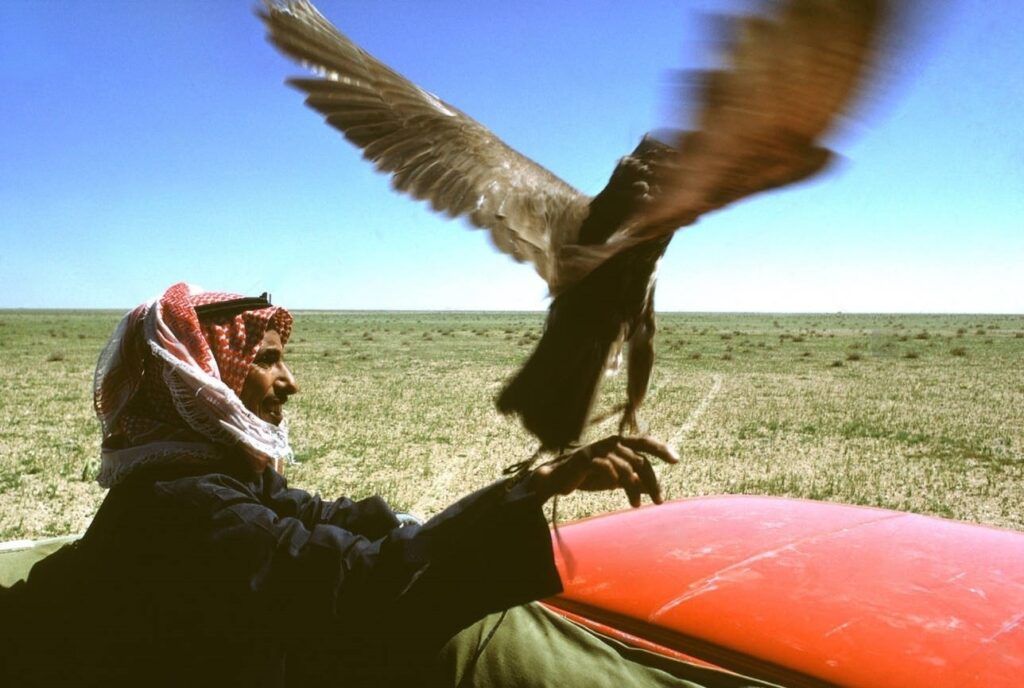
Fact 8: Camel racing is popular in Kuwait
Camel racing is a big deal in Kuwait, steeped in tradition and culture that stretches back through generations. It’s not just a sport; it’s a celebration of Kuwait’s desert heritage and the deep connection between people and these resilient animals.
In Kuwait, camel racing events are lively affairs, drawing crowds eager to witness the speed and agility of these magnificent creatures. The races take place at modern tracks equipped with cutting-edge technology, blending old traditions with new advancements to ensure fair and thrilling competitions.
This sport isn’t just about entertainment—it’s a reflection of Kuwait’s history and the vital role camels played in everyday life. From transportation to trade, camels were indispensable in navigating the harsh desert terrain.
Fact 9: Kuwait’s most popular attraction is the Kuwait Towers
Kuwait’s most iconic landmark is the Kuwait Water Towers. These towering structures are not only landmarks, but also multi-functional facilities. Kuwait is one of the few countries in the world not listed as a UNESCO World Heritage Site, although ancient evidence of other civilizations has been found on the territory of the country.
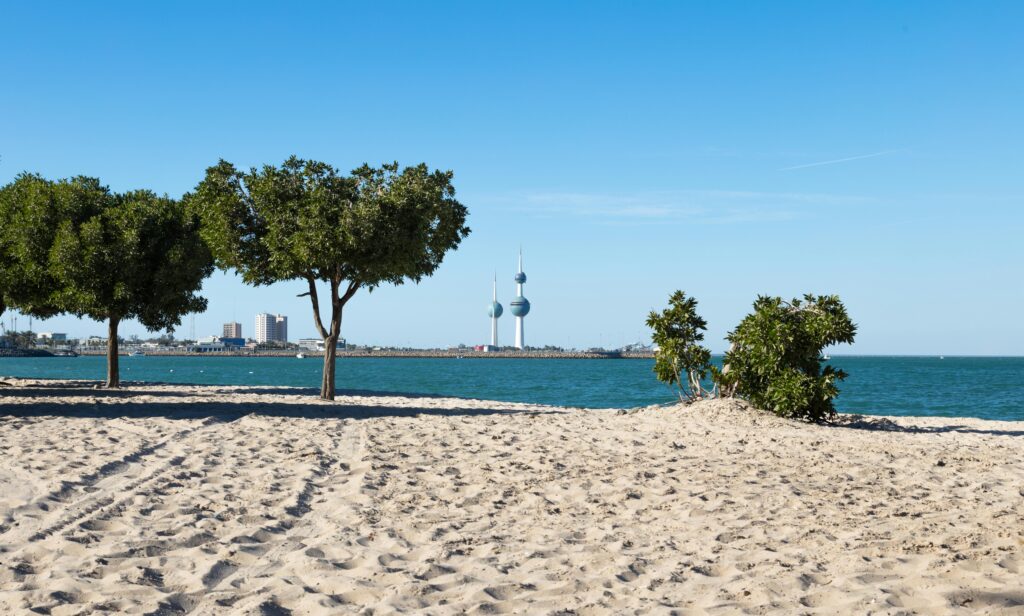
Fact 10: Kuwaitis residents are statistically in the majority obese
Kuwait has been grappling with a high prevalence of obesity among its population, with statistics highlighting significant concerns. According to recent data, over 70% of Kuwaiti adults are classified as overweight or obese. This alarming figure underscores the severity of the issue, which is influenced by factors such as changing dietary patterns, a shift towards sedentary lifestyles, and genetic predispositions. The government and healthcare authorities in Kuwait have been actively promoting awareness campaigns and implementing initiatives to encourage healthier lifestyles and combat the rising rates of obesity-related health problems in the country.

Published July 12, 2024 • 7m to read

